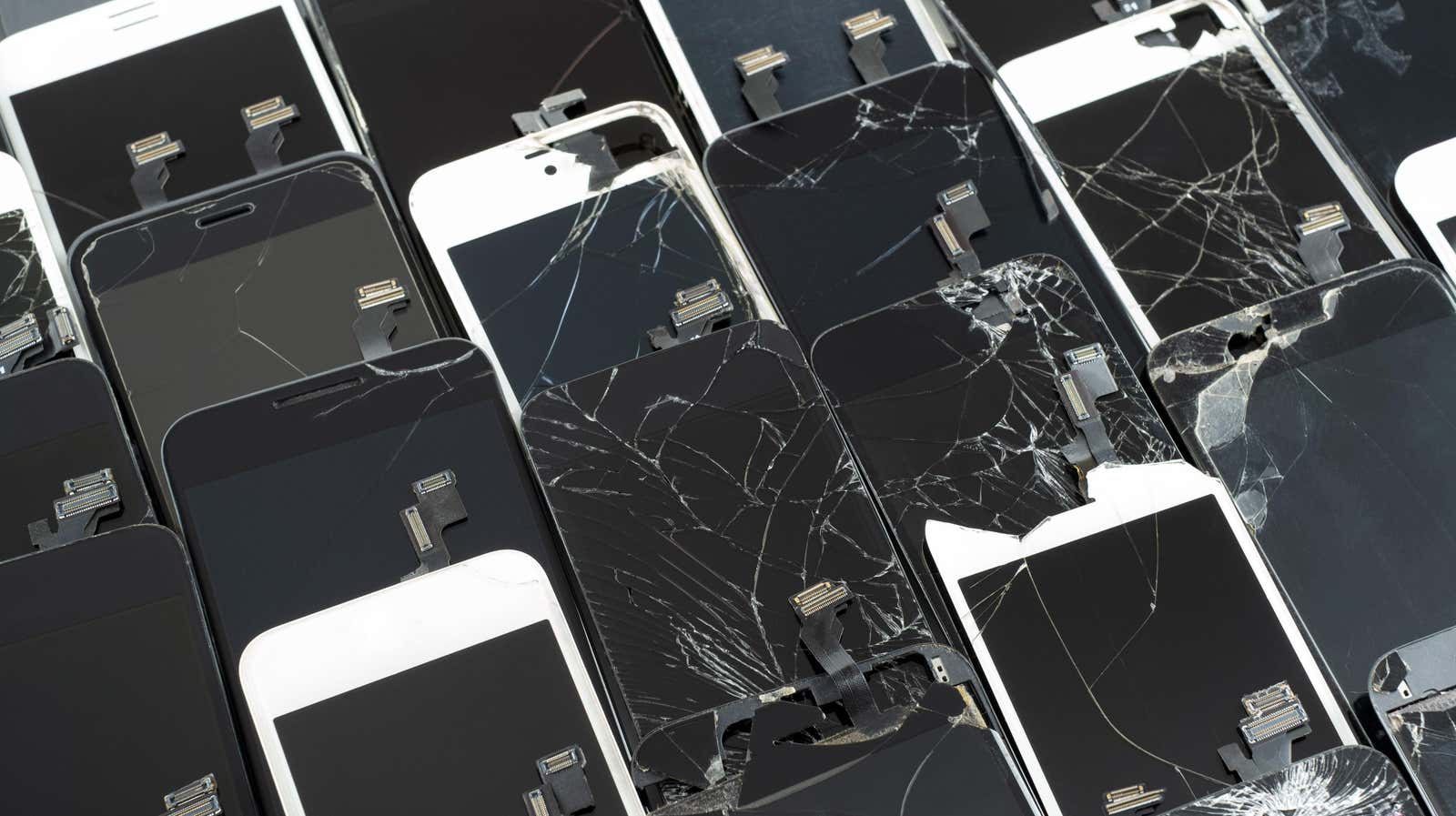How to Buy Equipment That Will Really Last a Long Time

All the technology we know and love will one day become obsolete. Meanwhile, it would be nice if the gadgets we use every day were designed to last longer and longer, and not shorter and shorter. Unfortunately, tech companies typically use a “planned obsolescence” strategy: you keep coming back to buy more product, hurting the planet and wasting your money. So, for the sake of the planet, your wallet, and your sanity, here’s what you need to know about cracking planned obsolescence and making sure your electronics last as long as possible.
What exactly is planned obsolescence?
Planned obsolescence is not as easy as breaking down electronics on time. Instead, planned obsolescence is a business strategy for developing products that require replacement within a few years in the market.
In practice, it looks like your smartphone is slowing down after about two years as new generations of software become less compatible with aging hardware. In fact, software is often designed to include new features and file types that are incompatible or otherwise less compatible with existing programs and hardware. Of course, some of this is necessary for technological progress, but a lot is done to encourage you to upgrade your devices.
When it comes to the plague of planned obsolescence, there is little you can do in the face of big technology. Companies will do what they think will benefit them the most. However, there are a few tips to keep in mind to fight back against purposefully short-lived electronics.
Move away from assumed obsolescence
First, it’s important to take a break and understand how you define obsolescence. A powerful marketing tactic will always push us towards the newest, most brilliant product. Often these shiny products don’t really meet your needs, but play on your desire to have the latest and greatest. Always think about functionality, not style.
In recent years, technology has become so good that it will be possible to use a smartphone or laptop for much longer than ever before. While you may miss out on a new feature here and there, or notice some slowdowns, chances are you’ll be able to use your devices for longer than you or the companies that make them think.
Choose devices that you can upgrade rather than replace
Instead of always replacing your gadgets with a newer version, try to buy products that you can easily upgrade in the future. For example, the next time you need a laptop, consider skipping a lightweight and sleek model in favor of a model that can handle future RAM and storage upgrades. While more devices are now moving to the non-upgradable path than ever, there are still custom options available, such as the Dell XPS 15 .
On the other hand, Apple laptops are not customizable at all. What you buy today will stay with you forever, so keep that in mind.
Repair before replacement
You may instinctively replace old electronics with newer models, but don’t rule out good old-fashioned repairs. For example, if your phone never fully charges again, you can only replace the battery for a fraction of the cost of a new phone. If your laptop gets very hot , you may need to clean the fans or reapply thermal paste. It’s like taking your car to the mechanic: after all, you don’t throw the whole car away because you have a flat tire.
It’s important to do a little research before buying. Find out if the product you are buying is easy to repair and if the brand has any rules or restrictions on how to repair their products. Remember, as a buyer, you can ask every detail about what you’re buying, so don’t make a purchase until you’re sure you know how the repair will go.
Protect your equipment
It’s simple but overlooked: handle electronics with care if you want them to live a long and happy life. Use covers, protective films and handle equipment with care. And when you first buy, shop with durability over style in mind. Even if all these accessories require additional investment at first, you will save money in the long run by avoiding costly replacements every few years.